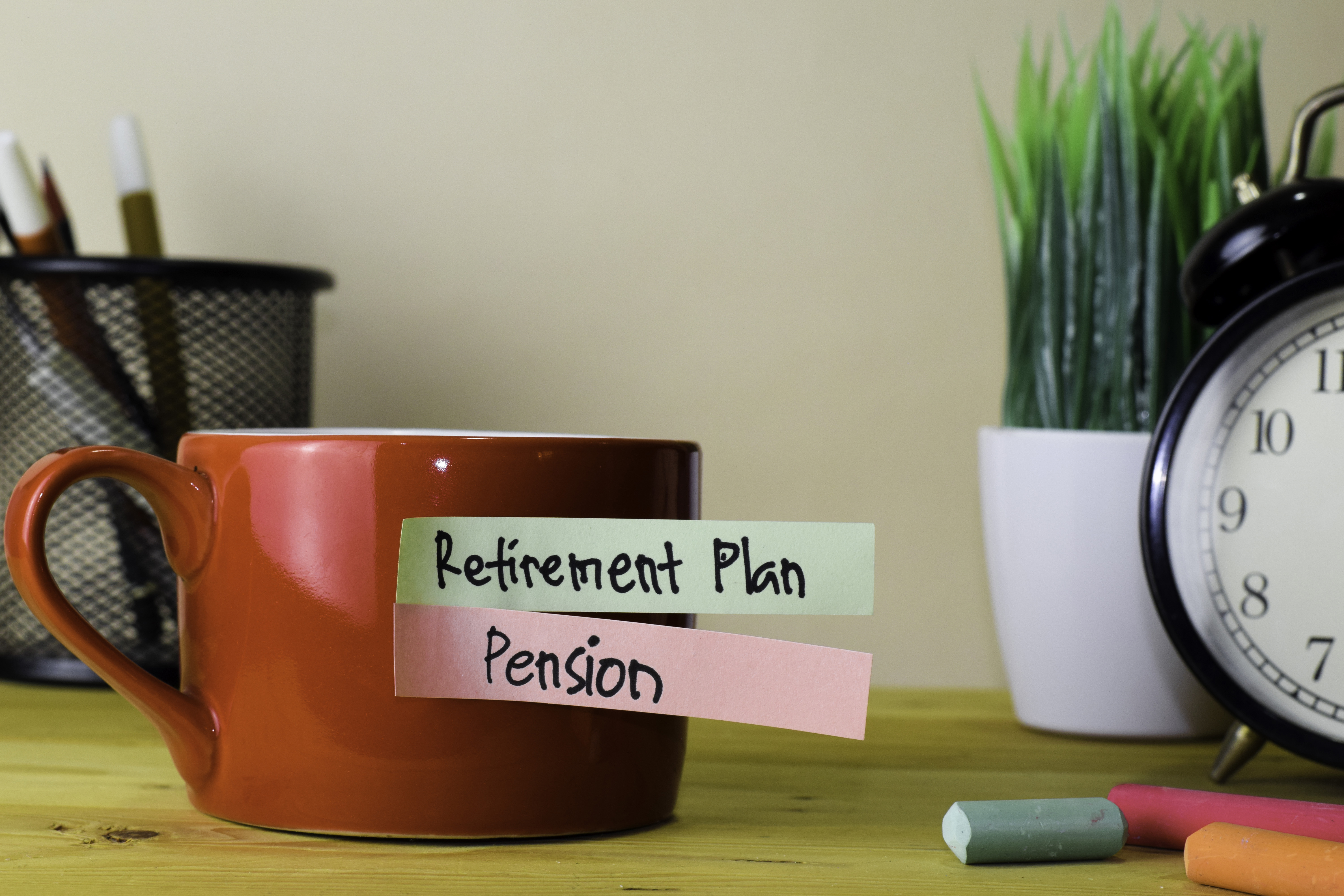After 35 years in the pharma industry Eimear Scott decided she wanted to do something else with her life. “The pandemic was the catalyst for me, as it was for a lot of people,” she says. “I didn’t want to give up work entirely, but I wanted to do something that involved less travel and less stress. I was working 50-hour weeks, which was unsustainable.”
Scott now works remotely in customer care. The pay isn’t as good but it’s more enjoyable and she gets to spend a lot more time with her family, which is what she wanted in the first place. She plans to retire completely within three years.
“Once I decided to step back, the first thing I did was get some independent financial advice, which was a huge help,” Scott says. “I’d worked for a number of different companies over the years, which meant I had a few different pension pots. I took the tax-free lump sum out of one and combined the others. I also adjusted my investment strategy to maximise tax efficiency.”
She found the most difficult part of the process was trying to accurately predict her long-term financial needs. “It’s hard to know how much is enough when it comes to pension pots and savings when looking ahead to slow or even full retirement,” she says. “People are living longer now and who knows how much things like health insurance will be in 10, 20 or 30 years’ time?”
Who can do it?
So, can anyone choose to cut back on their working hours and still have all they need for a financially secure retirement?
“Unfortunately not,” Nick Charalambous of Alpha Wealth says. “Some careers don’t allow for reduced hours and not everyone has sufficient pension resources or savings to make it feasible.
“However, for those with flexibility, particularly individuals with multiple pensions from different employers, it can offer a balanced and rewarding transition into the next life stage.”

Driving off into the sunset? The retirement years beckon
Ralph Benson of Moneycube agrees. “It’s not for everyone. For instance, some people might still be paying off big mortgages or have health issues where they would be better off staying in jobs where their cover is being paid for by their employer,” he says.
“There’s been a lot of noise about slow retirement in the press, particularly post-pandemic, but I’m not sure it will ever be a mass movement as such. I think it’s a case of those who are doing it being very vocal about it rather than anything else.”
Not always a choice
Benson also believes that, while some people might aspire to slow retirement, others have been left with little choice but to embrace it. “It’s a dream for some but a nightmare for others,” he says. “It’s quite industry-specific. For instance, areas such as sales, software development and other parts of the IT sector have traditionally been viewed as ‘a young person’s game’, which can be problematic for older workers.
“I also know of cases where people working full-time on a contract basis with one company are struggling to get their contracts renewed as they get closer to retirement age. They don’t want to leave full-time employment but are being forced to.”
Charalambous has also seen this first-hand. “We have supported clients who felt under pressure to accept reduced hours,” he says. “In this situation it’s essential that people understand their rights and have a solid plan in place to ensure any change works for them in the long run.”
Things to consider
Whether by design or not, there are a number of important financial considerations to address beforehand to make the transition into slow retirement as smooth and successful as possible. Chief among these are day-to-day budgeting, pension and tax.
• Financial survival kit to help you face the future without fear
“The first step is to understand your expected monthly income requirements, both now and into the future, and set your budget accordingly,” Charalambous says. “This includes your fixed costs such as mortgage or rent, utilities, groceries, insurance and transport, as well as discretionary spending like holidays, hobbies and social events.
“Many people assume they will spend less in retirement, but that is often not the case. The early years of retirement tend to be the most active and often the most expensive. If you plan to travel, start a project or enjoy more leisure, your financial plan needs to reflect that. It requires a two-stage retirement budget — one for the active, semi-retired years and another for the more traditional retirement phase.”
Benson stresses the importance of careful planning as it can be difficult to reverse any financial implications once you do decide to step away from full-time employment. “How much you need in your savings and pension pot will be different for everyone, but the general rule of thumb is that ‘more is more’,” he says.
“You need to plan carefully to avoid any surprises and always build in a sizeable contingency in case things go wrong. Talk to your most pessimistic friend and work from there.”
 Pension
Pension
Managing your pension pot is perhaps the single most important consideration. The basic options are to delay drawing your pension to allow for further growth, to draw part of it while earning a reduced income, or continue contributing and benefit from available tax relief. Each option has long-term implications — drawing early will reduce your future pot, but continuing contributions may yield less tax relief if your income is lower.
You are entitled to take 25 per cent of your pension tax-free, with a ceiling of €200,000 across all pensions. However, taking a lump sum early means you reduce the amount available tax-free in future drawdowns. This can affect future decisions, particularly if you have multiple pensions.
If you have one pension, the perceived wisdom is to leave it untouched for as long as possible to maximise growth. “If you do decide to access it, it should only be for the purposes of investment, never for consumption,” Benson says.
However, if you are fortunate enough to have more than one pension pot, it may make sense to access an older one early to help bridge the gap between phased and full retirement.
• Get your ducks in a row by consolidating little pension pots
“Access to your pension depends on the type of scheme you have,” Charalambous explains. “For example, if you have an old occupational pension and are no longer employed by the sponsoring company, you may be able to begin drawing from it from age 50. PRSAs [personal retirement savings accounts] and personal pensions are usually accessible from age 60, even if you continue to work elsewhere.”
 Tax
Tax
After spending most of your adult life working, the last thing you want to do is hand it all to the taxman just when your income might be about to dip. With this in mind, it’s important to offset any potential tax traps by aligning your pension drawdown strategy with other income sources to minimise liabilities.
“Combining part-time work with pension income can often lead to an unexpected increase in your overall tax bill as you may be pushed into a higher tax bracket,” Charalambous says. “It is important to assess your total income and tax position beforehand as even modest withdrawals can affect your eligibility for certain tax credits or reliefs.”
Build a bridge
The concept of slow retirement promises a smorgasbord of health and lifestyle benefits but requires careful planning to ensure that you have enough income to last until your main pension benefits kick in. “Think of it as building a bridge to get you through the part-time work years from roughly 55 to 70 without impacting your long-term financial security,” Benson says. “It means a combination of long and short-term investments with certain funds ring-fenced until full retirement.
“It can be done but, like everything else in life, there will be compromises. You have to consider, what would I be prepared to sacrifice?”
